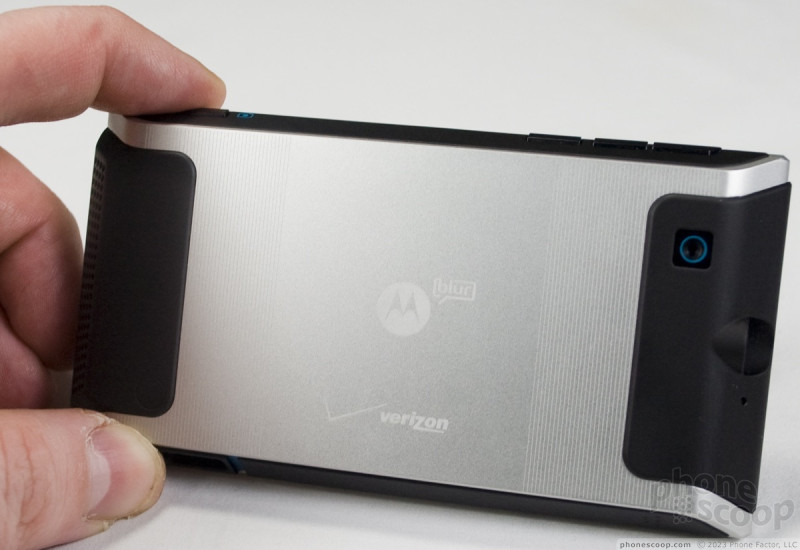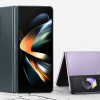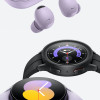Review: Motorola Devour
The Motorola Devour picks up on the current unibody construction trend, as most of the phone seems like it was carved from large blocks of aluminum. It doesn't go as far as, say, a Macbook Air or an HTC Desire, but there are plenty of smooth, unbroken surfaces and sharply carved edges to give the phone a modern look. The phone feels quite sturdy. The battery is hidden under a long panel on the side; it's more a slot than a traditional covered battery door, and it wasn't easy to remove at first, but it does score points for being unique. The slide opens with a reassuring click, and it's much less stiff than the slide on the Motorola Droid.
The Devour doesn't use the high resolution screen or fast processor of its Verizon Wireless cousin, the Droid, but if this is the Droid's baby brother, it's a big baby indeed. The phone feels wide and chunky in the hand. The aluminum body adds more heft than I like, and those sharp edges will make quite an impression, literally, if you keep this phone in the same jeans pocket all the time. As my colleague Eric Zeman exclaimed, this feels like a groin injury waiting to happen.
There are a mix of buttons and keys on the Devour, to the point that they seem intended more for novelty than usability. There are three touch sensitive keys below the screen: a menu key, home key and a back key, but no search key, like you'll find on other Google Android handsets. These keys didn't work very well, and often I had to find just the right angle to tap my finger on them to get a hit. Still, they look pretty all lit up with a bright, white backlight.
Instead of a trackball or D-pad, the Motorola Devour uses an optical pad on top of a button. You can change your menu selection and move the cursor by rubbing your finger over the tiny black square, and then make your selection by pressing down on the button. In practice, this didn't work well, either. The Devour was unresponsive to my finger motions, and tapping the touchscreen itself was always a better choice.
The keyboard on the Motorola Devour isn't bad, and I certainly like it more than the keyboard on the Droid. Keys are well spaced and discrete. The individual keys are a bit stiff, so I could never get my typing times up to par, but typos weren't so much a problem. I wish there were more specialized keys. I like keyboards that have dedicated keys for common symbols, like the @ symbol or even a “.com” key, but the Devour keyboard offers only letter and numbers as primary keys, and the usual assortment of symbols with the function key pressed.
Up top, there's a standard 3.5mm headphone jack, always welcome on a multimedia phone, and a power / screen lock button. This button was even harder to press than the volume keys, because the black bit of plastic that comes up from the back sits a bit higher than the power key. I had to aim carefully to hit it.
On the left side, there's a microUSB port and the large, sliding door that hides the battery port and microSD card. The memory card isn't hidden by the battery, so you can easily change cards on the fly. Removing the battery requires flicking a lock switch and pulling a thin plastic tab, and this seems precarious. In a hurry, I could easily imagine ripping off that tab, and then my battery is stuck inside for good.


















 Samsung Refreshes Galaxy S Series with S Pen, New Cameras
Samsung Refreshes Galaxy S Series with S Pen, New Cameras
 Samsung Refines its Foldable Phones
Samsung Refines its Foldable Phones
 Samsung Upgrades its Wearables
Samsung Upgrades its Wearables
 iPhone 14 Plus Offers a Big Screen For Less
iPhone 14 Plus Offers a Big Screen For Less
 iMovie Makes it Easier to Create Polished Videos
iMovie Makes it Easier to Create Polished Videos
 Motorola Devour
Motorola Devour


